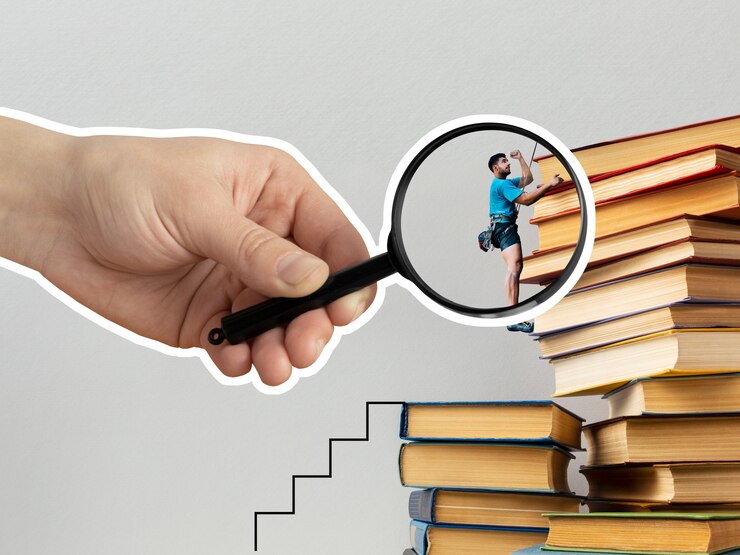Within the dynamic landscape of Indian education lies a tapestry woven with diverse threads of strengths, weaknesses, opportunities, and threats. Through a comprehensive analysis, we embark on a journey across the varied states of India, uncovering the intricate dynamics that shape the trajectory of education. From the serene valleys of the North to the bustling cities of the South, each state presents a unique canvas upon which the contours of educational progress are etched.
Strengths:
- Cultural Diversity and Heritage: India’s rich cultural tapestry serves as a source of strength, fostering a spirit of unity amidst diversity. This cultural wealth, spanning languages, traditions, and customs, enriches the educational experience, promoting tolerance, understanding, and inclusivity.
- Academic Excellence: Several states, such as Karnataka, Tamil Nadu, and Maharashtra, boast a legacy of academic excellence, anchored by esteemed institutions like the Indian Institutes of Technology (IITs) and Indian Institutes of Management (IIMs). These institutions serve as beacons of quality education, attracting students from across the country.
- Technological Advancements: Leading states like Karnataka, Telangana, and Maharashtra have embraced technological innovations, propelling the education sector into the digital age. Through initiatives like smart classrooms, e-learning platforms, and digital libraries, these states are fostering a culture of innovation and digital literacy among students.
- Government Initiatives: Government schemes like Sarva Shiksha Abhiyan (SSA) and Rashtriya Madhyamik Shiksha Abhiyan (RMSA) have played a pivotal role in promoting universal access to education. States like Kerala, Himachal Pradesh, and Tamil Nadu have successfully implemented these initiatives, ensuring that every child has the opportunity to receive quality education.
Weaknesses:
- Infrastructure Deficiencies: Inadequate infrastructure remains a pressing challenge in many states, hindering the delivery of quality education. The lack of proper school buildings, classrooms, and basic amenities undermines the learning environment and restricts educational access, particularly in rural and remote areas.
- Disparities in Access: Wide disparities in educational access persist across states, driven by factors like socioeconomic status, geographical location, and cultural barriers. States like Bihar, Uttar Pradesh, and Jharkhand grapple with challenges such as poor transportation networks, teacher shortages, and gender disparities, exacerbating educational inequalities.
- Quality of Education: Despite improvements in enrollment rates, concerns persist regarding the quality of education delivery. Outdated curriculum, rote-based learning methods, and inadequate teacher training programs undermine the development of critical thinking, problem-solving, and practical skills among students.
- Socioeconomic Factors: Socioeconomic factors such as poverty, gender inequality, and caste-based discrimination pose significant barriers to educational attainment. States like Rajasthan, Madhya Pradesh, and Odisha struggle to address these challenges, limiting the educational opportunities available to marginalized communities.
Opportunities:
- Leveraging Technology: The widespread adoption of digital technology presents a unique opportunity to transform the education landscape. States like Andhra Pradesh, Gujarat, and Kerala can harness the power of technology to enhance learning outcomes, improve access to educational resources, and facilitate personalized learning experiences for students.
- Vocational Training and Skill Development: With the growing demand for skilled workforce, there is an opportunity to expand vocational training and skill development programs. States like Maharashtra, Karnataka, and Telangana can capitalize on this opportunity by investing in vocational education initiatives aligned with the needs of local industries.
- Public-Private Partnerships (PPP): Collaboration between government agencies, private enterprises, and civil society organizations can unlock new avenues for innovation and investment in education. States like Haryana, Punjab, and Uttar Pradesh can explore PPP models to address infrastructure deficiencies, enhance teacher training, and improve the overall quality of education.
- Empowering Local Communities: Empowering local communities and fostering greater parental involvement in education can create a more inclusive and supportive learning environment. Initiatives such as community-driven schools, parent-teacher associations, and vocational training centers can be instrumental in driving positive change at the grassroots level.
Threats:
- Policy Fragmentation: Inconsistencies and fragmentation in education policies across states pose a threat to the coherence and effectiveness of educational initiatives. Without a unified approach, efforts to address systemic challenges and promote educational equity may be undermined.
- Resource Constraints: Limited financial resources and competing priorities pose significant challenges to educational development. States with constrained budgets, such as Bihar, Uttar Pradesh, and Odisha, may struggle to invest in critical areas such as infrastructure, teacher training, and curriculum reform.
- Technological Divide: Disparities in access to digital technology and internet connectivity exacerbate existing educational inequalities. States with large rural populations, such as Uttar Pradesh, Rajasthan, and Madhya Pradesh, face challenges in bridging the digital divide and ensuring equitable access to online education.
- Socio-Political Instability: Socio-political unrest, communal tensions, and identity-based conflicts pose a threat to the stability of educational institutions and the safety of students and teachers. States like Jammu and Kashmir, Manipur, and Tripura may experience disruptions in educational activities, hindering progress and exacerbating educational disparities.
As we delve into the nuanced dynamics of Indian education analysis, it becomes evident that the future of education lies in harnessing strengths, addressing weaknesses, seizing opportunities, and mitigating threats. By adopting a holistic approach and fostering collaboration among stakeholders, India can chart a course towards a more equitable, accessible, and transformative education system across all states. Through collective efforts and a shared commitment to excellence, we can pave the way for a brighter future for generations to come.#hydkhabar

